What is the Hardest Plant to Grow in a Garden? Expert Insights
Gardening can be a relaxing hobby, but some plants challenge even the most experienced green thumbs. If you’re looking for a test of your skills, you might wonder what the hardest plant to grow is. The delicate gardenia is often considered one of the most challenging plants to grow in a garden. Known for its beautiful and fragrant blooms, this plant demands specific conditions to thrive.
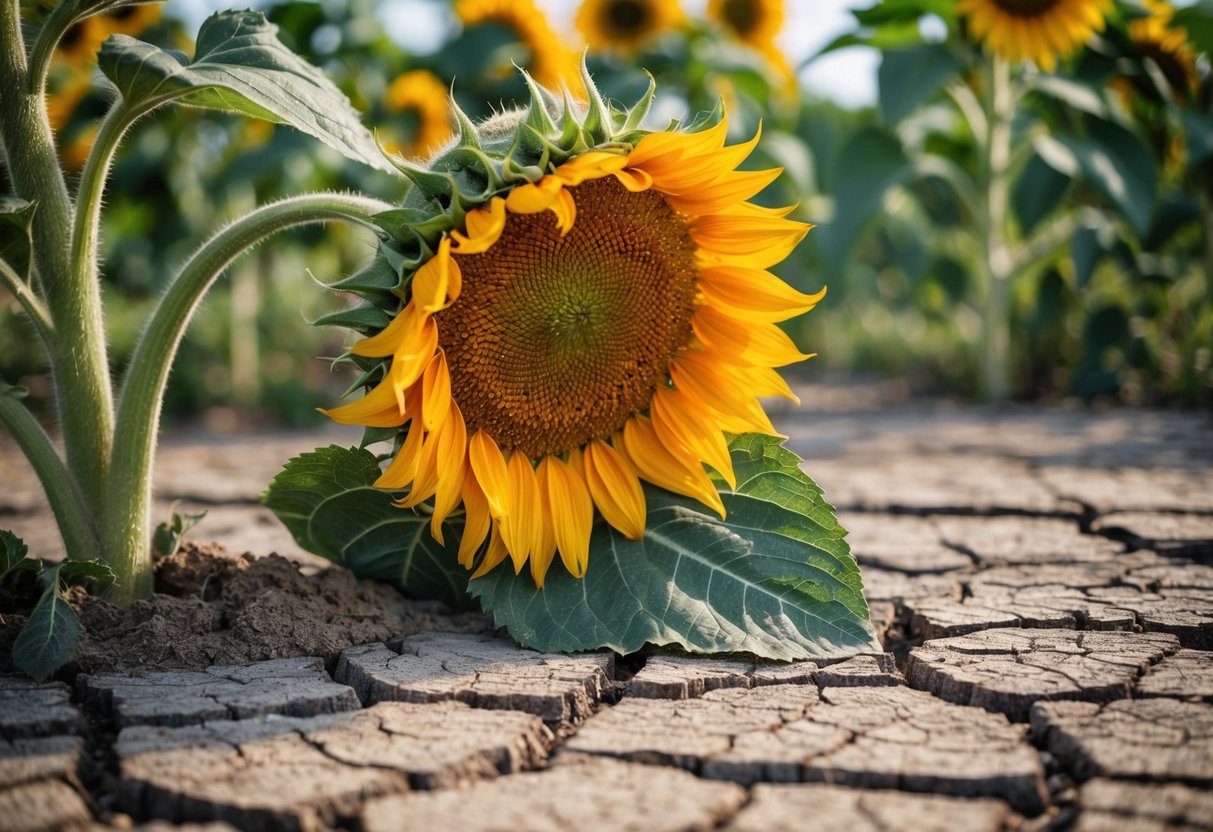
The gardenia isn’t alone in its difficulty. Vegetables like cauliflower also present challenges. Cauliflower needs moist, alkaline, and nutrient-rich soil, along with regular watering. Without these conditions, cauliflower can be quite stubborn, refusing to produce the large, healthy heads that you’re aiming for.
Some native plants adapt more easily to local conditions and are often easier to manage. These tough plants, unlike the finicky gardenia, can withstand tough circumstances like heat waves or drought, making them better choices for many gardeners. Still, if you’re ready for a challenge, give one of the harder plants a try and see how they grow with your care.
Understanding Plant Difficulty Levels

Growing plants can be easy or hard depending on a few different factors. Some plants thrive with little care, while others need special attention to flourish. Knowing what makes a plant difficult to grow and the challenges involved can help you succeed in your gardening journey.
Factors Influencing Growth Difficulty
Several factors can make a plant harder to grow in your garden. Growing conditions like temperature, sunlight, and water are key elements. Some plants require specific climates and won’t do well if the environment doesn’t suit their needs. Others might be sensitive to changes in temperature or light.
Soil types also play a role. Plants like orchids might need special potting mixes, while others might prefer sandy or clay-like soils. Be aware of what soil your plant needs to thrive. Additionally, plant care requirements can vary dramatically. Some plants need regular pruning, while others may need unique fertilization methods to maintain healthy growth.
Common Challenges in Cultivating Difficult Plants
Growing difficult plants often comes with unique challenges. For example, many people find it hard to provide the right amount of humidity for tropical plants. In these cases, a simple misting routine or a room humidifier can make a big difference.
Another challenge involves avoiding pests and diseases. Some plants are more prone to issues like root rot or aphid infestations. Using natural pest control methods and keeping a close eye on your plant’s health can reduce these risks. Finally, some plants may need special attention during specific growth stages, requiring you to adjust care routines accordingly.
Hard-to-Grow Garden Plants
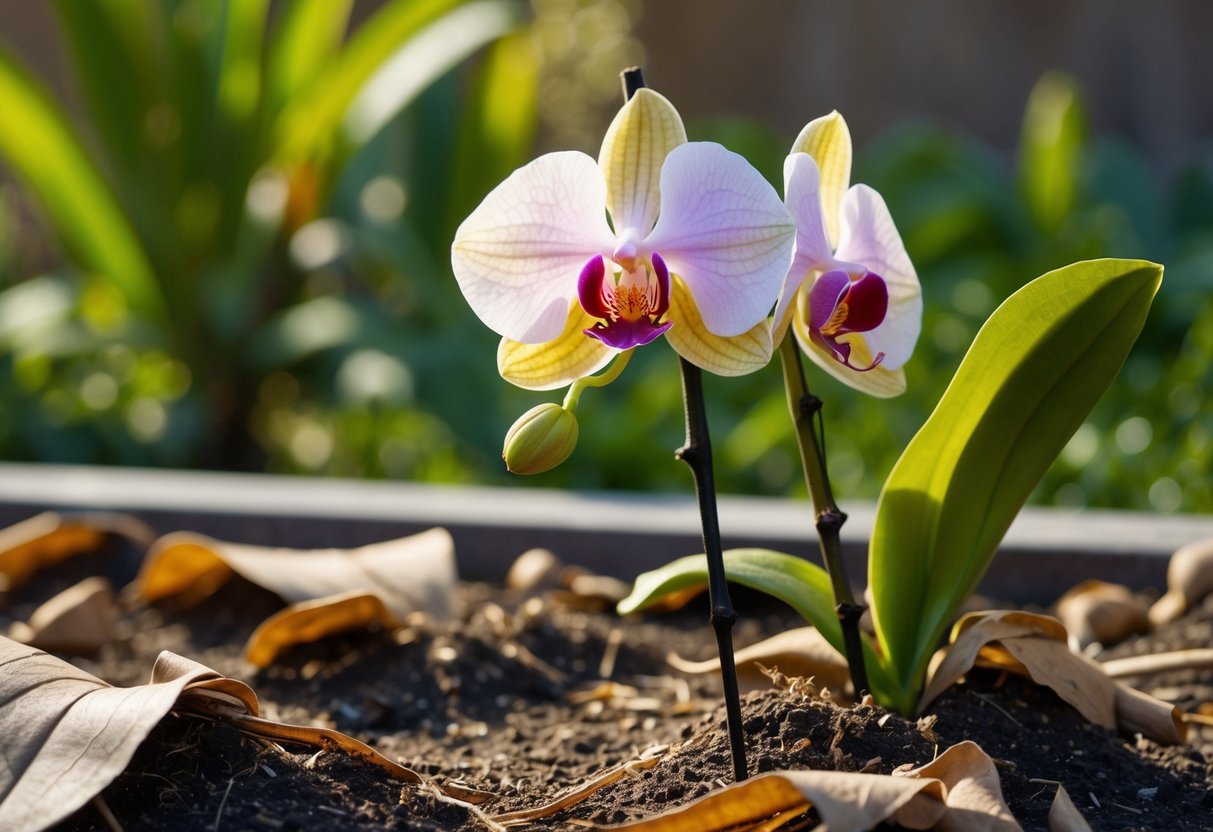
Growing certain plants can be a real challenge even for experienced gardeners. Some plants like orchids, Venus flytraps, and roses require special attention and specific conditions to thrive.
Demystifying the Orchid
Orchids are stunning yet notoriously hard to grow. They need just the right balance of sunlight and shade. You should place them in a spot where they get filtered light. They also require high humidity. Using a humidity tray or regularly misting the leaves can help.
Orchids prefer specific soil, known as orchid mix, which allows roots to breathe. They dislike soggy roots, so be careful not to overwater. Water them deeply but infrequently. Once a week is often enough. Fertilize every 2-4 weeks with a balanced fertilizer that is designed for orchids.
The Fickle Nature of the Venus Flytrap
Venus flytraps are unique and fascinating. They love bright light, so aim for a sunny spot. They also thrive in a humid environment. To maintain this, a terrarium or frequent misting can be beneficial.
When it comes to soil, Venus flytraps prefer a mix of sand and peat moss. Avoid standard potting soil. They’re sensitive to tap water chemicals, so use distilled or rainwater. Feed them insects occasionally, but don’t overdo it. The plant can catch flies on its own. During the winter, this plant enters dormancy, meaning it requires less light and water.
Raising Roses with Care
Roses are popular but can be demanding. They need full sun, generally at least six hours daily. Choose a location with well-draining soil to prevent root rot.
Water your roses deeply weekly rather than daily. This helps roots grow strong. Roses also require regular feeding. Use a balanced rose fertilizer every 4-6 weeks during the growing season to promote healthy blooms.
Pruning is essential for maintaining the shape and health of your rose plants. Remove dead or weak stems, and make cuts just above outward-facing buds. This encourages open growth and good air circulation, reducing the risk of disease.
Troublesome Vegetables
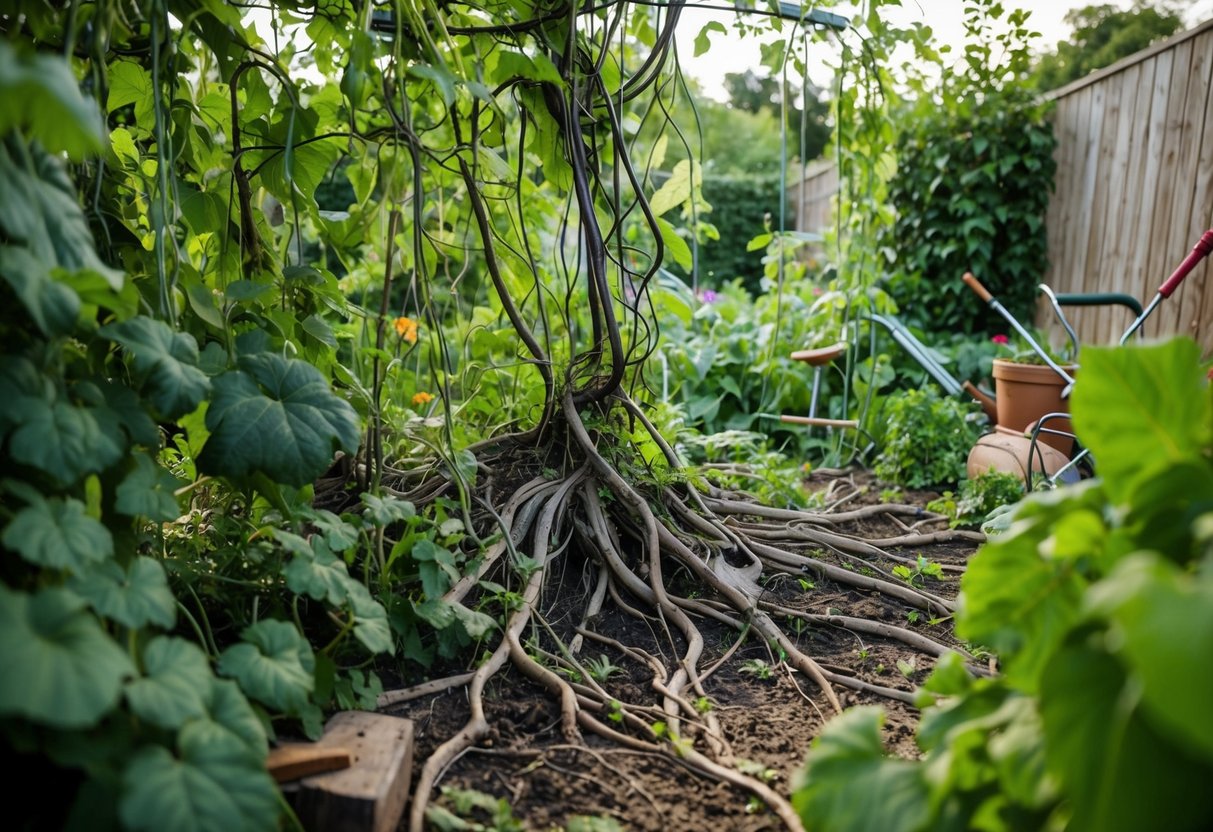
Some vegetables can be particularly challenging to grow in your garden. Cauliflower, onion, and celery stand out for their specific growing needs. Each requires careful attention, optimal conditions, and patience to thrive.
The Peculiarities of Growing Cauliflower
Cauliflower can test your gardening skills. It needs consistent temperatures, mostly in the cool range, ideally between 60 and 70 degrees Fahrenheit.
Too hot or too cold, and the plant might not form heads properly. Maintaining regular watering without waterlogging is crucial for this vegetable. You might find wrapping the leaves around the developing head helpful, known as blanching, to keep it white and free from sun discoloration. If you’re patient and attentive, you can successfully grow cauliflower in your garden.
Onion: A Bulb of Patience
Growing onions requires planning and time. Onions generally take several months to mature and need well-drained soil with a neutral to slightly acidic pH. They prefer full sun, so ensure they get enough light daily.
Keeping the soil free of competitive weeds and maintaining consistent moisture levels can make a significant difference. Onions are sensitive to temperature, needing cooler weather initially and warmer conditions as they mature. Try to be patient; these bulbs take their time, but their taste in your dishes is worth the wait.
The Subtleties of Cultivating Celery
Celery requires specific conditions to flourish. It thrives in temperatures between 60 and 70 degrees Fahrenheit, and fluctuations can cause growth issues. The plant also needs rich, moisture-retentive soil.
Regular watering is essential, but avoid water logging, as roots can rot easily. Start celery seeds indoors approximately 10-12 weeks before the last spring frost for best results. Once transplanted, pay close attention to pests and weeds, which can quickly outcompete the young plants. With dedication, you can enjoy crunchy, homegrown celery.
Paying special attention to details in your garden, you can meet these vegetables’ demands and enjoy the challenge of growing them.
Challenging Houseplants and Indoor Gardening
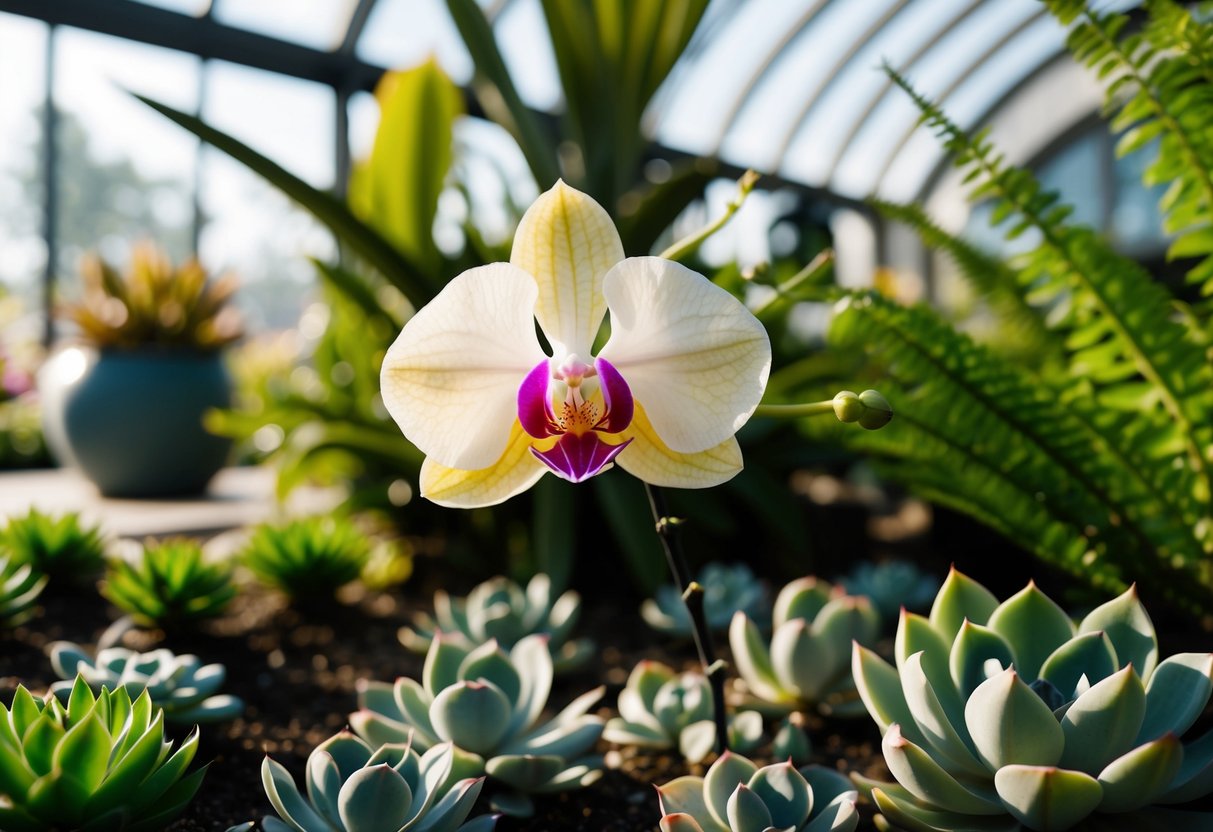
Indoor gardening can be tricky, especially with certain challenging houseplants. Some plants require specific conditions to thrive, and if these are not met, they can be difficult to maintain. Understanding their needs can make the task a bit easier.
The Delicate Monstera
Monstera, especially the Monstera deliciosa, is a popular yet delicate houseplant. It requires bright, indirect sunlight to prevent its leaves from scorching. Rotate the plant regularly so that it grows evenly toward the light source.
Watering can be tricky. You need to allow the top inch of soil to dry out between waterings. Root rot is a common problem due to overwatering, so monitor soil moisture closely. Humidity levels should remain consistent, ideally above 60%. Using a humidifier can help achieve this environment. These requirements make monstera a challenging but rewarding plant to grow indoors.
Caring for the Finicky Fiddle-Leaf Fig Tree
The fiddle-leaf fig tree is known for its large, vibrant leaves but demands exact conditions. It needs bright, indirect light and should ideally be placed near a window. Moving it around too much can cause stress, leading to leaf drop.
Watering is crucial. The soil should be allowed to dry out between waterings without getting bone-dry. Using room-temperature water can prevent root shock, which is harmful to the plant. Given its sensitivity, a consistent care schedule is vital for maintaining its health. High humidity levels can also support its lush growth.
The Elusive Zebra Plant
The zebra plant, known for its striking striped leaves, is another challenging houseplant. It requires consistently moist soil, but overwatering can lead to rot. Using a pot with good drainage helps manage excess moisture.
Humidity is critical, needing levels around 60-70%, which can be achieved with a humidity tray or misting. It prefers medium to bright indirect light. Direct sunlight can cause leaf scorch, so placing it near a filtered window is ideal. Because of these needs, the zebra plant demands attention and commitment for successful indoor growth.
Best Practices for Nurturing Difficult Plants
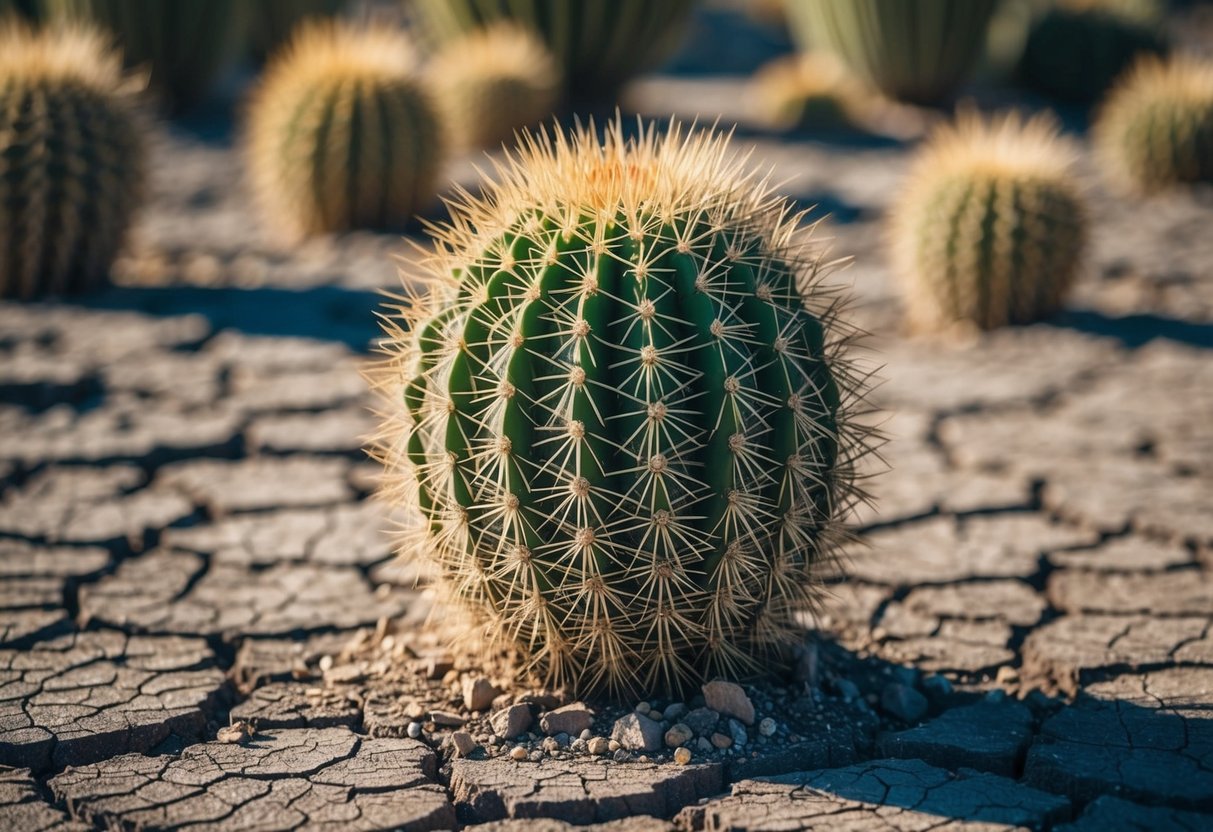
Caring for challenging plants can be a rewarding experience if you know the key practices. Paying careful attention to watering and soil needs will help your plants thrive.
Watering Wisely to Avoid Overwatering
It’s easy to think that more water means a healthier plant, but this isn’t true for many demanding plants. Overwatering can lead to root rot and other issues that can harm your plants.
To prevent this, make sure your pots have good drainage holes. Use a soil moisture meter to check if the soil is dry before watering again. This helps you avoid watering when it isn’t necessary. Consider the plant type, as some prefer slightly dry conditions.
Group plants with similar water needs together. This simple trick can help maintain consistent watering routines.
Soil and Nutrient Considerations for Demanding Plants
Choosing the right soil is crucial. Many hard-to-grow plants benefit from well-draining soil, which prevents excess water from sitting around roots. Sandy soil is often a good choice for this reason.
Make sure to incorporate organic matter, like compost, to provide necessary nutrients. This enriches the soil and improves its structure. Regularly check the soil’s pH level as some plants need specific pH conditions.
Consider using a slow-release fertilizer to ensure plants receive nutrients over time. This type of fertilizer can be especially helpful for plants that prefer less frequent feedings. Adjust your approach based on each plant’s specific needs.







